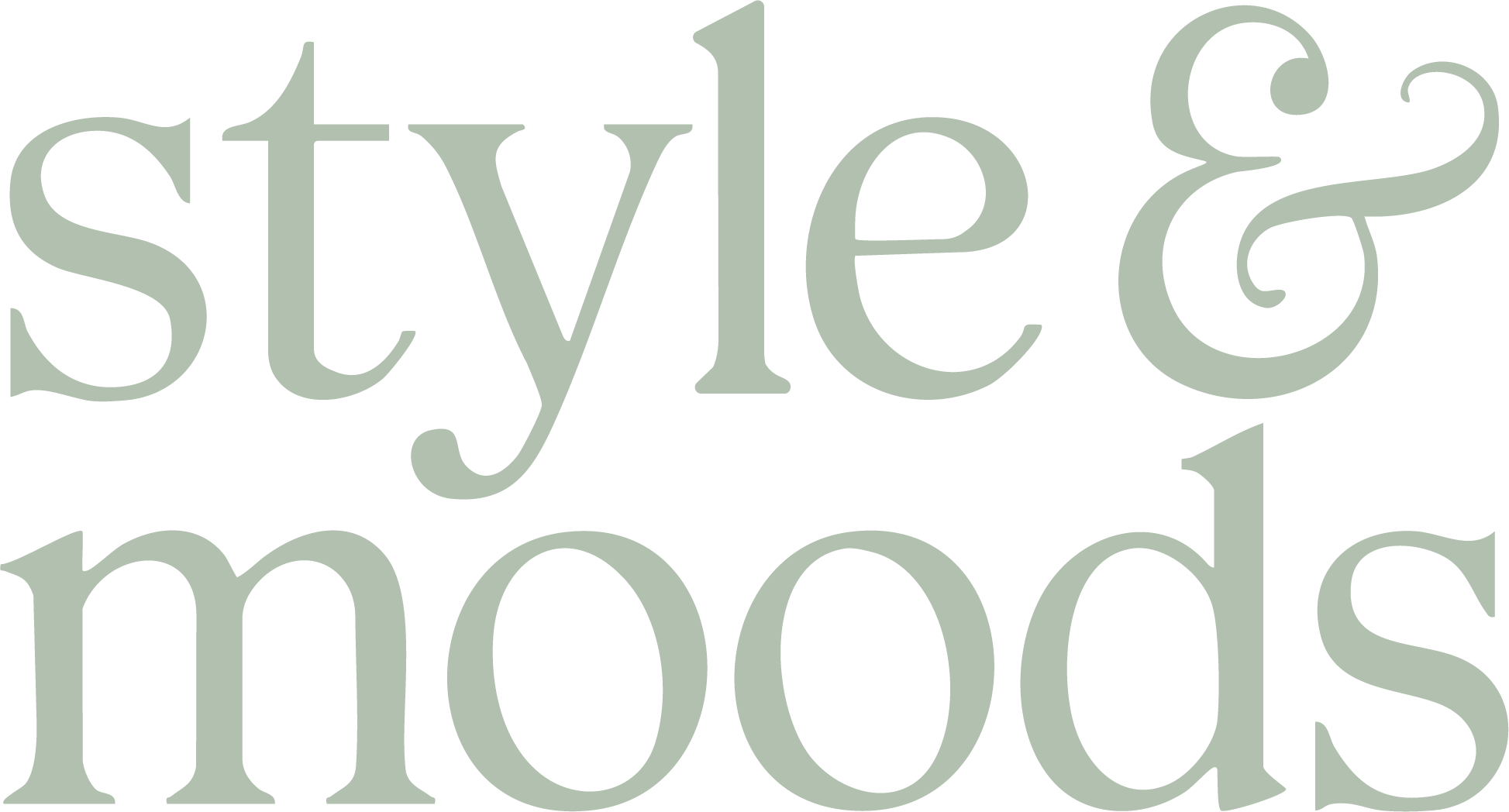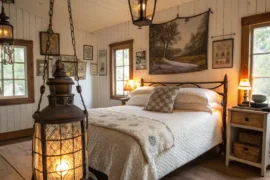Every space tells a story. The materials we choose for our homes, workplaces, and gardens don’t just serve functional purposes—they carry memories, evoke emotions, and connect us to our past. As surfaces age, weather, and interact with our lives, they become repositories of personal and collective history. This guide explores how materials can be thoughtfully selected and arranged to honor memories, trigger positive associations, and create spaces that truly reflect who we are.
Understanding Material Memory: The Foundation of Meaningful Design
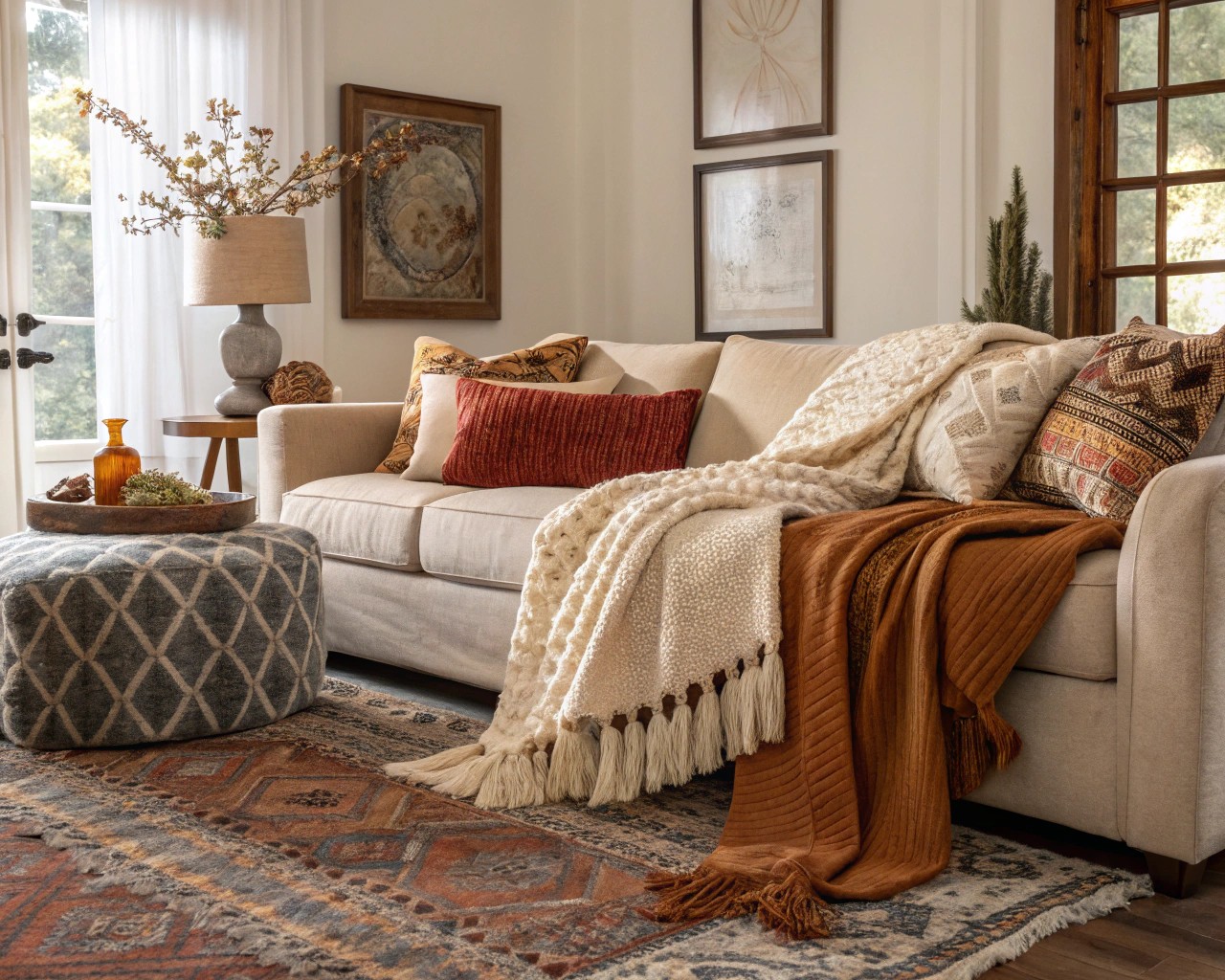
Material memory refers to how physical elements in our environment retain and communicate stories, emotions, and connections to our past. This concept goes beyond aesthetic appeal, delving into how textures, colors, and materials form a tangible link between our experiences and the spaces we inhabit.
When you run your hand across the worn wooden banister of a family home or feel the cool, smooth surface of marble countertops reminiscent of your grandmother’s kitchen, you’re experiencing material memory in action. These physical interactions trigger not just sensory responses but emotional ones too.
The Science Behind Material Memory
Our brains process material encounters through multiple sensory channels simultaneously. When we interact with materials, we’re not just seeing them—we’re feeling textures, detecting temperatures, recalling associations, and processing emotional responses.
Research has shown that materials can function as powerful memory triggers through:
- Sensory engagement: Textures and surfaces activate tactile memories
- Visual recognition: Patterns and colors connect to visual memories
- Association networks: Materials link to places, people, and events from our past
- Emotional resonance: Certain materials evoke specific feelings and moods
Types of Material Memory in Design
Understanding the different ways materials connect to memory helps designers intentionally incorporate them into meaningful spaces.
1. Personal Material Memory
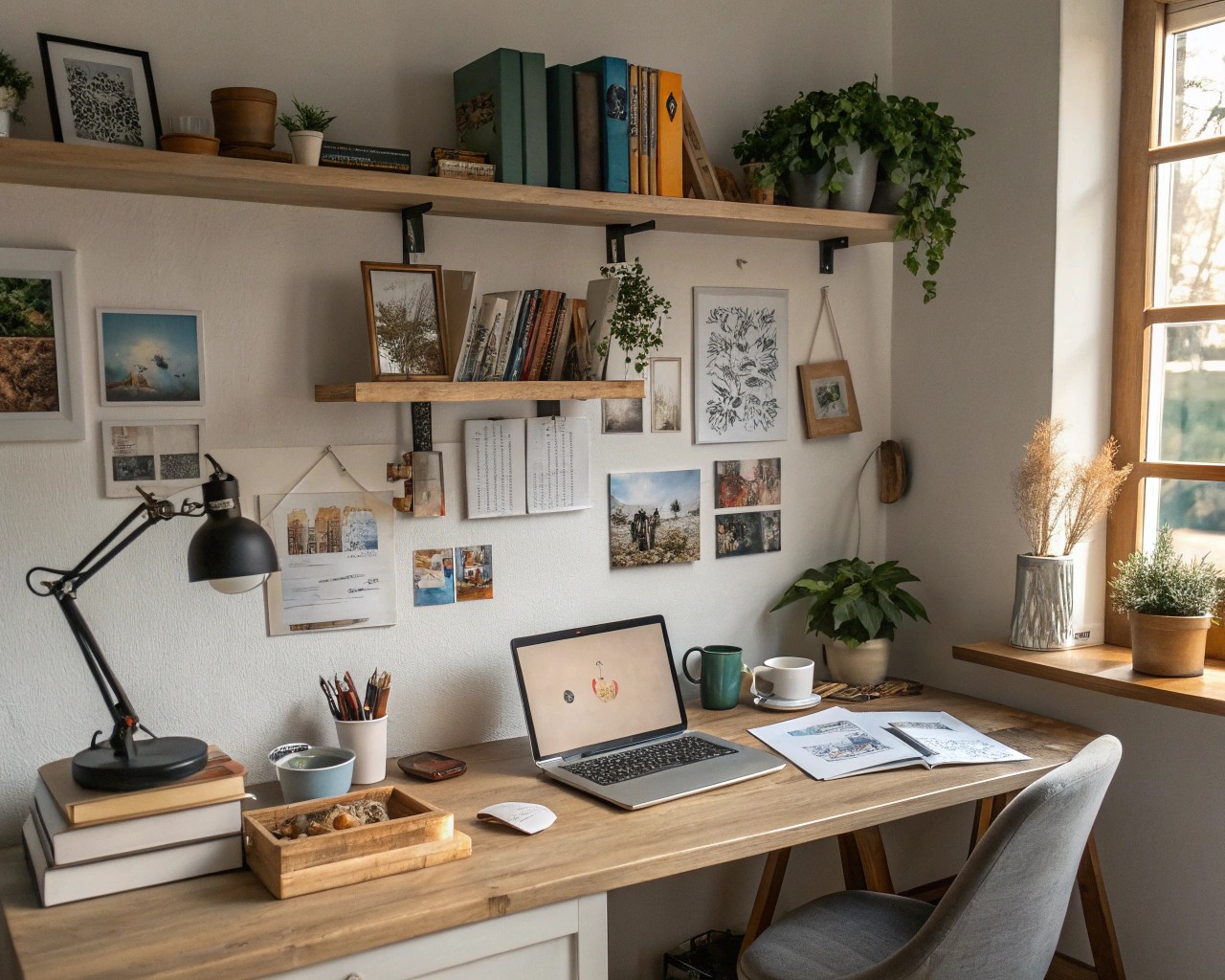
These are materials that connect specifically to an individual’s unique history. I often ask clients to share objects or materials that have significant personal meaning—perhaps a collection of river stones from childhood vacations or reclaimed wood from a family farm. These elements can become focal points in a design that feels authentically personal.
2. Collective Material Memory
Some materials carry broader cultural or generational memories. Subway tiles might evoke early 20th century public spaces, while avocado-colored appliances immediately transport us to 1970s kitchens. When working with clients who want to connect to a particular era or cultural moment, these collectively recognized materials can create instant associations.
3. Sensory Material Memory
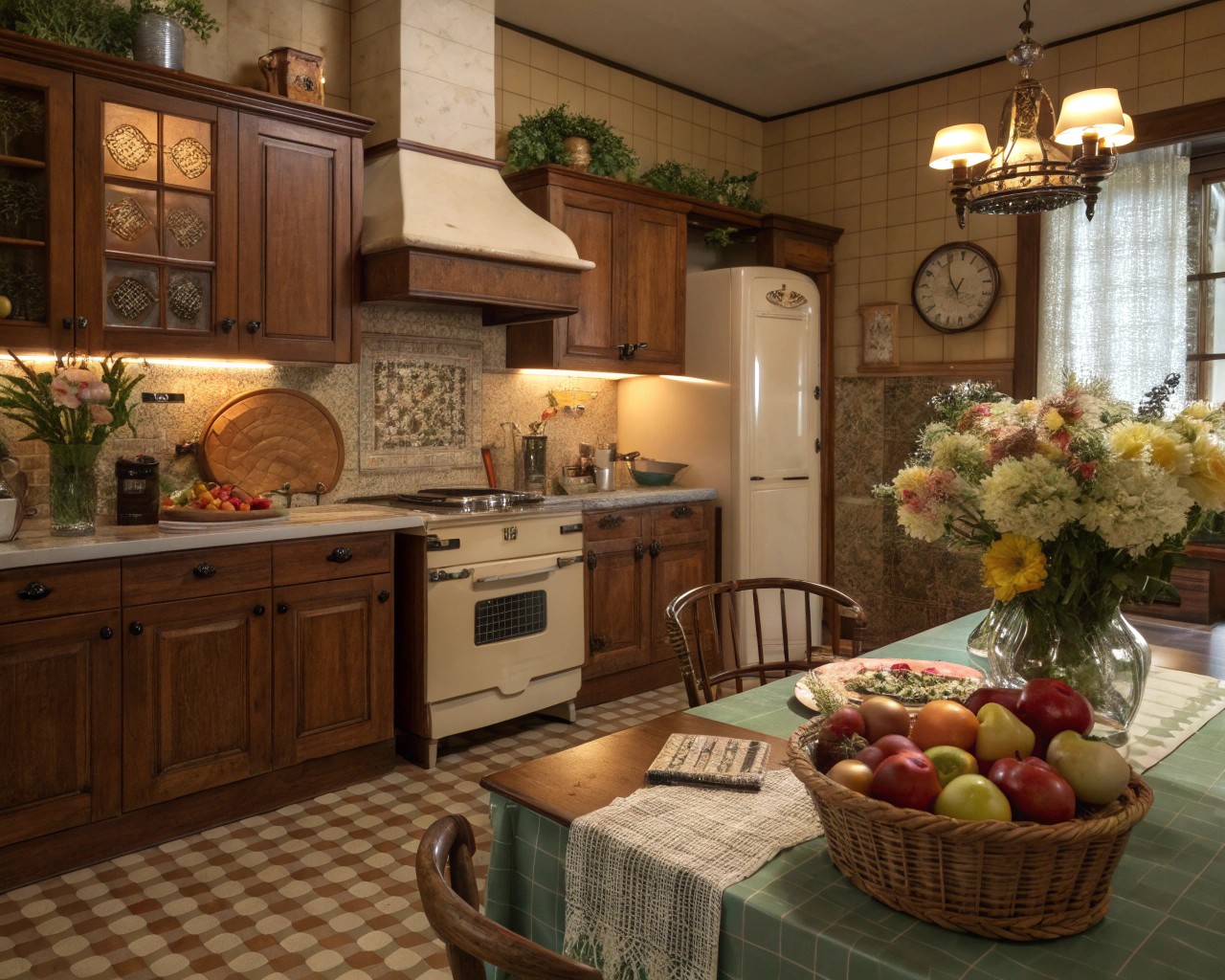
These materials trigger memories through their sensory properties. The scent of cedar might recall summers at a cabin, while the cool touch of marble might remind someone of their grandmother’s kitchen counter. In my practice, I find sensory material memories among the most powerful for creating emotional connections to spaces.
Case Studies: Material Memory in Action
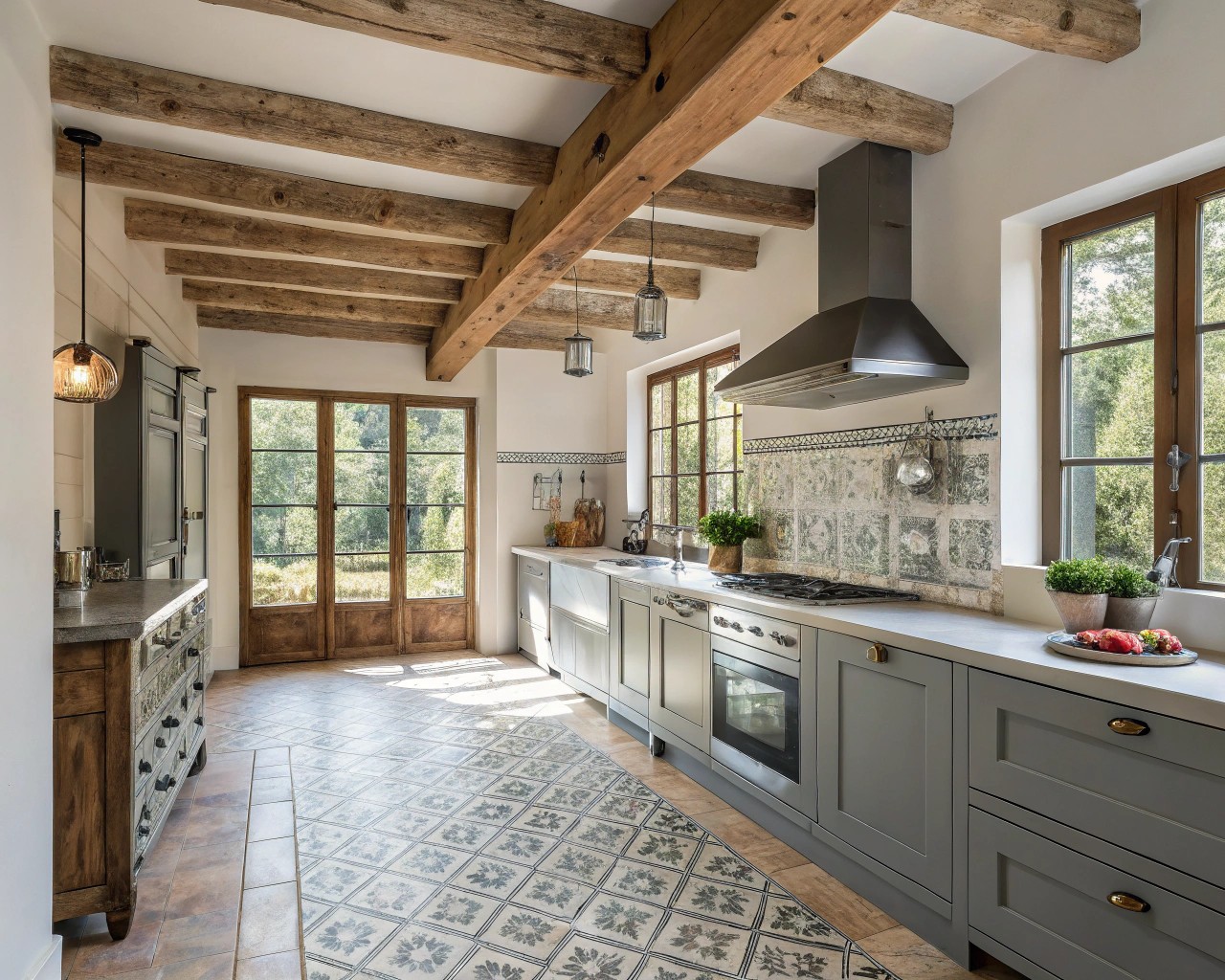
The Family Heritage Kitchen
Client Challenge: A couple wanted their kitchen renovation to honor both of their family histories while creating a modern, functional space.
Material Memory Solution: We integrated:
- Reclaimed barn wood from the husband’s family farm for open shelving
- Hand-painted tiles inspired by patterns from the wife’s Portuguese heritage
- Concrete countertops embedded with small shells collected from family beach trips
The result was a space that functioned beautifully while telling their family story through thoughtfully selected materials. The client expressed how touching the reclaimed wood shelving during everyday activities, like reaching for a plate, provided a meaningful connection to her husband’s family heritage and enriched their daily routines, making them feel part of something larger.
Memory Garden for Dementia Care
A particularly meaningful project involved designing a therapeutic garden for a memory care facility. Research shows that familiar materials can trigger memories and provide comfort for people with dementia.
We created distinct garden zones using:
- Traditional brick pathways reminiscent of neighborhood sidewalks
- Wooden garden benches in mid-century styles
- Metal garden gates with patterns common in 1940s-1960s homes
- Plantings typical of mid-century American home gardens
Staff reported that residents spent more time outdoors and engaged in more social interaction and reminiscence in these familiar-feeling spaces. The materials themselves became conversation starters and memory triggers.
The Material Memory Framework for Designers
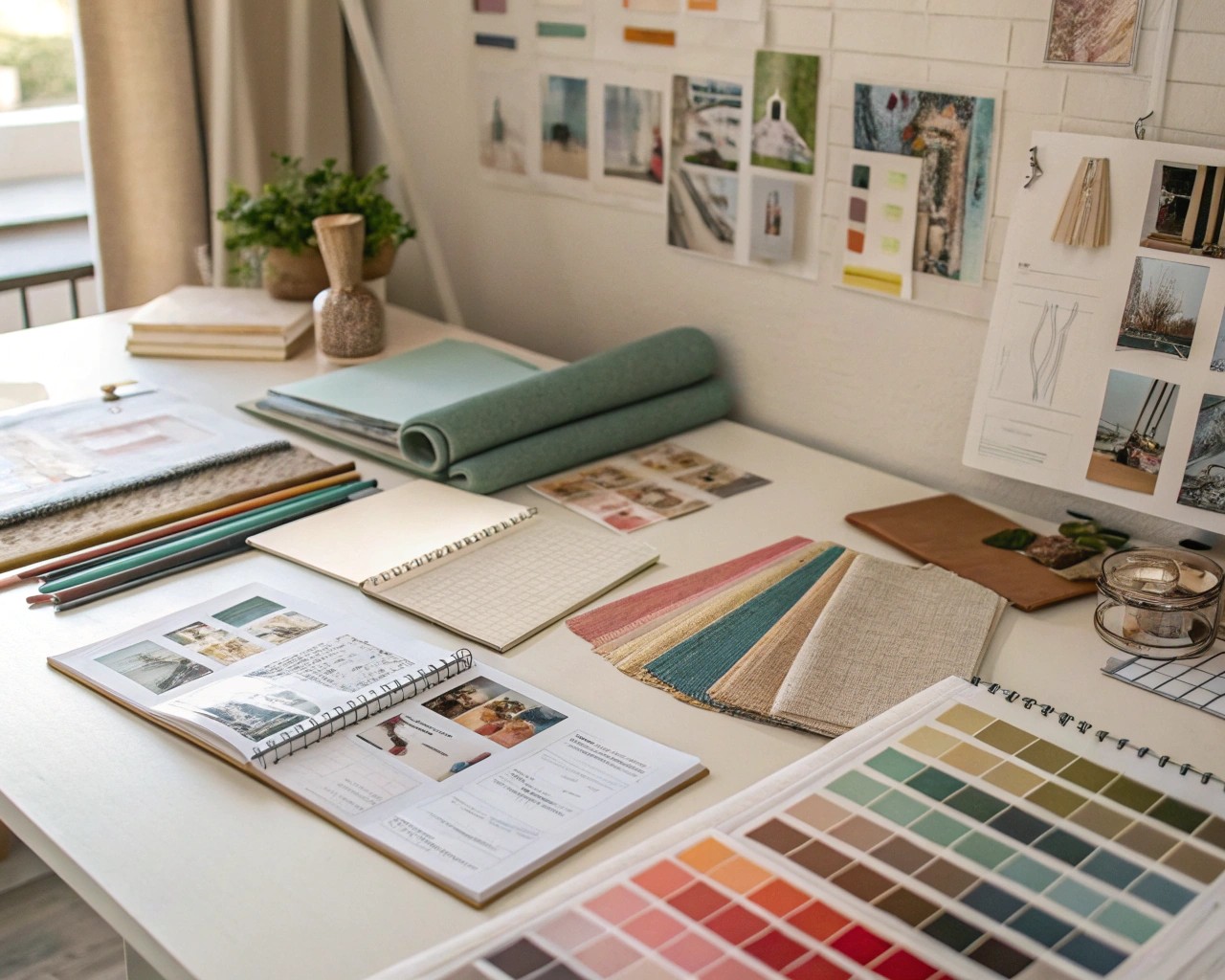
When approaching a new project with material memory in mind, I use this framework to help clients uncover and incorporate meaningful materials:
| Phase | Activities | Purpose |
|---|---|---|
| Discovery | Personal history interviews, childhood home discussion, meaningful object inventory | Identify personally significant materials and textures |
| Analysis | Material mood boards, sensory testing, memory mapping | Connect materials to specific memories and emotions |
| Integration | Material sourcing, authentic vs. representative choices, balancing old and new | Determine how to incorporate memory materials practically |
| Implementation | Careful material handling, proper installation, appropriate finishing | Preserve the integrity of memory materials |
| Reflection | Post-occupancy evaluation, memory journals, space narratives | Document how materials contribute to the lived experience |
Practical Tips for Incorporating Material Memory
For Residential Spaces
-
Kitchen Surfaces: Choose countertop materials that connect to family traditions—butcher block for families with cooking heritage, marble for bakers, soapstone for those who value patina and history.
-
Flooring Transitions: Use different flooring materials to delineate spaces with different emotional meanings. I recently helped a client use reclaimed heart pine in their reading nook because it reminded them of their childhood library.
-
Wall Treatments: Consider materials beyond paint—textured plaster that recalls Mediterranean travels, wood paneling that evokes a family cabin, or wallpaper patterns that connect to specific eras.
-
Hardware Details: Even small elements like doorknobs, cabinet pulls, and light switches can carry material memory. Brass hardware might connect to a grandparent’s home, while modern matte black could represent a fresh chapter.
For Commercial Spaces
When designing commercial environments, material memory can create instant connections with customers:
-
Retail Environments: Use materials that connect to brand heritage or product origins. A coffee shop might incorporate reclaimed wood from coffee-growing regions, while a bookstore might feature materials reminiscent of traditional libraries.
-
Healthcare Settings: Select materials that feel familiar and comforting, especially in memory care facilities. Avoiding institutional-feeling surfaces in favor of homelike materials can reduce anxiety and increase comfort.
-
Hospitality Spaces: Hotels and restaurants can use regional materials to connect guests to the local environment and culture. This creates a more authentic and memorable experience.
Material Memory Selection Guide
Wood
Wood carries perhaps the richest material memory of all building materials. Its grain patterns are unique fingerprints, and it ages in response to use, developing a patina that records the life lived around it.
Memory Associations:
- Oak: Tradition, stability, heritage furniture
- Pine: Cabins, rustic environments, informal spaces
- Walnut: Sophistication, mid-century modern, heirloom quality
- Reclaimed barn wood: Rural heritage, sustainability, American history
I once worked with a client who integrated her grandfather’s workshop workbench into her kitchen island. The surface bore marks from decades of projects, and she often told her children stories about specific nicks and stains while they baked together.
Stone and Concrete
Stone connects us to the earth and carries geological memory that extends beyond human experience. It grounds spaces in something ancient and enduring.
Memory Associations:
- Marble: Classicism, luxury, Old World craftsmanship
- Slate: Schoolrooms, traditional paths, cool durability
- River rock: Natural environments, childhood exploration, water memories
- Concrete: Industrial heritage, modernism, urban environments
Metals
Metals record touch and use in unique ways—developing patinas, showing fingerprints, or wearing down in high-touch areas.
Memory Associations:
- Copper: Traditional cookware, historical significance, living finish
- Brass: Historic hardware, warmth, traditional interiors
- Steel: Industrial heritage, durability, modern aesthetic
- Bronze: Sculpture, permanence, timelessness
Working with Clients to Uncover Material Memories
Some of my most successful projects began with what I call “memory mapping”—a process that helps clients identify materials with significant personal meaning:
-
Memory Walk Interview: Ask clients to mentally walk through meaningful spaces from their past, describing materials they remember touching, seeing, and experiencing.
-
Object Analysis: Have clients bring 3-5 objects that have strong emotional significance. Analyze the materials, textures, and conditions of these objects.
-
Childhood Home Material Audit: Ask specific questions about materials in their childhood home—what was the kitchen counter made of? The dining table? The front porch?
-
Sensory Preference Testing: Present material samples without visual cues, letting clients touch and respond to them based solely on tactile qualities.
In one case, this process revealed a client’s strong connection to terrazzo flooring from their elementary school. We integrated a contemporary terrazzo in their home office, creating a subtle connection to memories of curiosity and learning that influenced their work environment.
Common Challenges and Solutions
Challenge 1: Budget Constraints for Authentic Materials
Solution: Consider ways to incorporate smaller amounts of memory-rich materials in high-impact areas. A small section of handmade tile or a single piece of heirloom wood can be positioned where it will be regularly touched and seen.
Challenge 2: Balancing Modern Needs with Traditional Materials
Solution: Pair memory materials with contemporary counterparts. For example, incorporate a traditional material on a vertical surface (like a backsplash) while using more practical modern materials for heavy-use horizontal surfaces.
Challenge 3: Preserving Material Integrity While Meeting Building Codes
Solution: Work with specialists familiar with historical materials to find appropriate treatments that maintain authenticity while meeting modern requirements. Sometimes, materials can be encapsulated or protected while still remaining visible.
Material Memory in Practice: A Designer’s Perspective
When I first began focusing on material memory, I noticed how often clients would touch surfaces in sample rooms or showrooms before making decisions. The connection wasn’t just visual—it was deeply tactile and often emotional. Now, I encourage clients to close their eyes and touch material samples, observing their immediate reactions.
We designers often focus on how spaces look in photographs, but material memory reminds us that the most successful spaces are those that engage all the senses and connect to our personal histories. The walls that surround us, the floors beneath our feet—these aren’t just functional elements but the keepers of our stories.
